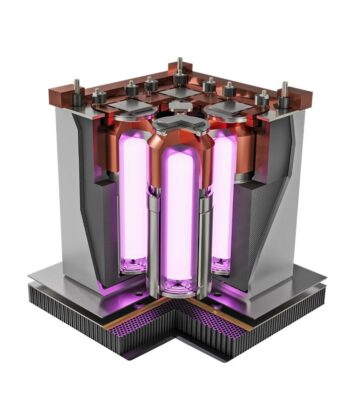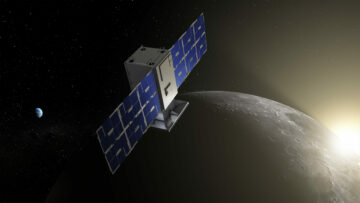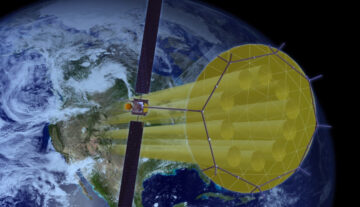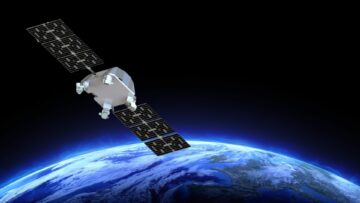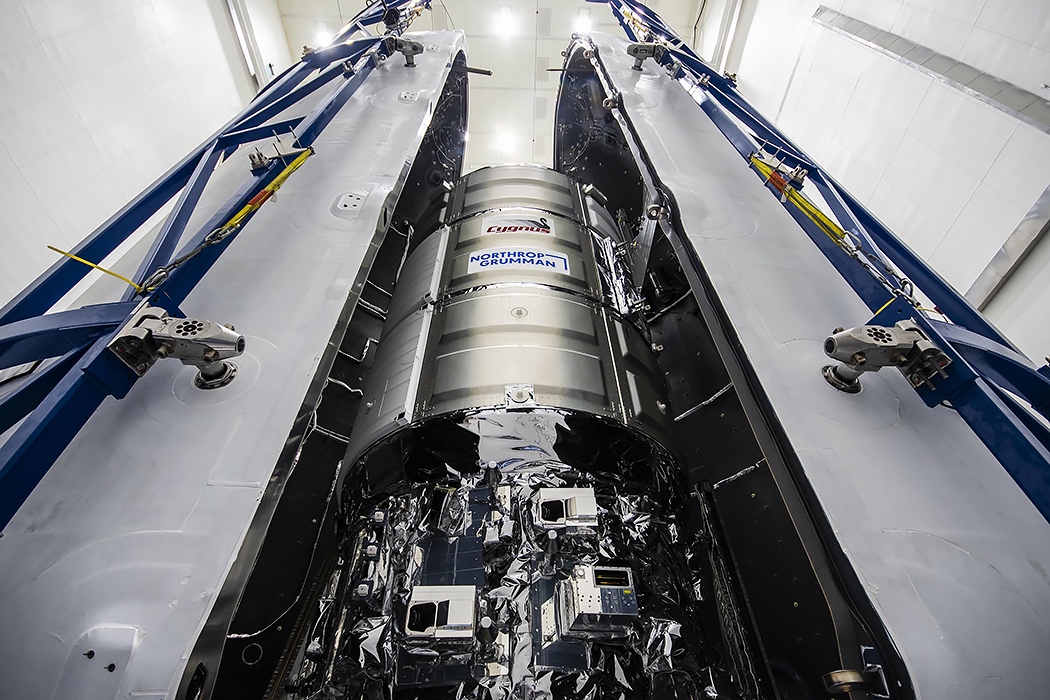
WASHINGTON — A Cygnus cargo spacecraft is set to launch on a Falcon 9 rocket for the first time, a combination that required more changes to the rocket than to the spacecraft.
NASA announced at a Jan. 26 briefing that it was targeting Jan. 30 at 12:07 p.m. Eastern for the launch of the NG-20 cargo mission from Cape Canaveral’s Space Launch Complex 40. That is a one-day slip from previous plans, which the agency said was to “accommodate launch pad readiness.” If Cygnus launches that day, it will arrive at the International Space Station early Feb. 1.
The launch marks the first time Northrop Grumman’s Cygnus cargo spacecraft has flown on Falcon 9. All previous launches of Cygnus have been on Northrop’s own Antares launch vehicle with the exception of two missions that launched on United Launch Alliance’s Atlas 5 after an Antares launch failure in 2014.
Northrop plans to launch at least three Cygnus missions on Falcon 9 rockets as it works with Firefly Aerospace on a new version of the Antares, replacing the Ukrainian-built first stage powered by Russian engines with a stage developed by Firefly using its own engines. That vehicle, the Antares 330, is slated to begin launches as soon as mid-2025.
The shift to the Falcon 9 has been relatively smooth for Northrop. “We didn’t really have to make any modifications to the Cygnus,” said Cyrus Dhalla, vice president and general manager of tactical space systems at Northrop Grumman, during the briefing. The company did make minor changes to the cargo loading process, which he attributed to doing it in a new facility with different equipment.
The shift in launch vehicles doesn’t alter the capabilities of the Cygnus, he added. The NG-20 mission will carry a little more than 3,700 kilograms of cargo, the capacity of the current version of the vehicle.
SpaceX, though, did have to make changes to accommodate Cygnus, specifically its ability for “late load” of cargo within 24 hours of launch. The Antares has a “pop top” opening at the top of the rocket’s payload fairing, allowing access to the Cygnus inside for cargo loading after the spacecraft has been encapsulated.
To provide a similar late load capability for Falcon 9 launches of Cygnus, SpaceX created what Bill Gerstenmaier, vice president of build and flight reliability at SpaceX, called a “gigadoor” in the fairing of the Falcon 9. That is a door 1.5 by 1.2 meters in the side of the fairing that can be opened to provide environmentally controlled access to the Cygnus inside.
“This will be the first time we’ve done that,” he said, as SpaceX’s own Dragon spacecraft launches without a fairing. “It’s taken a lot of modifications on our part to get this hardware ready to go fly.” He added that putting the door in the payload fairing does not affect SpaceX’s ability to recover and reuse it.
“We really appreciate how SpaceX has worked with us to accommodate the flow of cargo and integration, and we’ve been able to reuse a lot of our procedures,” Dhalla said.
Besides the development of the payload fairing door for Cygnus launches, SpaceX has been testing modifications to its transporter erector at Launch Complex 39A, enabling it to load liquid methane and oxygen propellants. That is required for the upcoming launch of the IM-1 lunar lander by Intuitive Machines, which will be fueled on the pad, inside the payload fairing, shortly before launch.
Gerstenmaier said SpaceX was doing testing of that equipment to ensure it is ready for the IM-1 launch, currently projected for mid-February. “That work is pretty much on track,” he said. “It’s a lot of interesting integration but, as you see even with this Northrop Grumman 20 mission, we at SpaceX like to do innovative and creative things.”
- SEO Powered Content & PR Distribution. Get Amplified Today.
- PlatoData.Network Vertical Generative Ai. Empower Yourself. Access Here.
- PlatoAiStream. Web3 Intelligence. Knowledge Amplified. Access Here.
- PlatoESG. Carbon, CleanTech, Energy, Environment, Solar, Waste Management. Access Here.
- PlatoHealth. Biotech and Clinical Trials Intelligence. Access Here.
- Source: https://spacenews.com/cygnus-ready-for-first-launch-on-falcon-9/
- :has
- :is
- :not
- ][p
- 07
- 1
- 12
- 20
- 2014
- 24
- 26
- 30
- 40
- 700
- 9
- a
- ability
- Able
- access
- accommodate
- added
- Aerospace
- affect
- After
- agency
- All
- Allowing
- an
- and
- announced
- any
- appreciate
- AS
- At
- atlas
- BE
- been
- before
- begin
- Bill
- Briefing
- build
- but
- by
- called
- CAN
- capabilities
- capability
- Capacity
- cape
- Cargo
- carry
- Changes
- combination
- company
- complex
- controlled
- created
- Creative
- Current
- Currently
- day
- developed
- Development
- DID
- different
- do
- does
- Doesn’t
- doing
- done
- Door
- Dragon
- during
- Early
- eastern
- enabling
- encapsulated
- Engines
- ensure
- environmentally
- equipment
- Even
- exception
- Facility
- Failure
- falcon
- Falcon 9
- Feb
- firefly aerospace
- First
- first time
- flight
- flow
- For
- from
- fueled
- General
- get
- Go
- Hardware
- Have
- he
- HOURS
- How
- HTTPS
- if
- in
- innovative
- inside
- integration
- interesting
- International
- international space station
- intuitive
- IT
- ITS
- Jan
- jpg
- Late
- launch
- launched
- launches
- least
- like
- Liquid
- little
- load
- loading
- Lot
- Lunar
- lunar lander
- Machines
- make
- manager
- methane
- minor
- Mission
- missions
- Modifications
- more
- much
- New
- of
- on
- opened
- opening
- our
- own
- Oxygen
- pad
- part
- plans
- plato
- Plato Data Intelligence
- PlatoData
- powered
- president
- pretty
- previous
- procedures
- process
- projected
- provide
- Putting
- Readiness
- ready
- really
- Recover
- relatively
- reliability
- required
- reuse
- rocket
- russian
- Said
- see
- set
- shift
- Shortly
- side
- similar
- smooth
- Soon
- Space
- space station
- spacecraft
- SpaceX
- specifically
- Stage
- station
- Systems
- tactical
- taken
- targeting
- Testing
- than
- that
- The
- things
- this
- though?
- three
- time
- to
- top
- track
- two
- United
- upcoming
- us
- using
- vehicle
- Vehicles
- version
- vice
- Vice President
- was
- we
- What
- which
- will
- with
- within
- without
- Work
- worked
- works
- you
- zephyrnet


